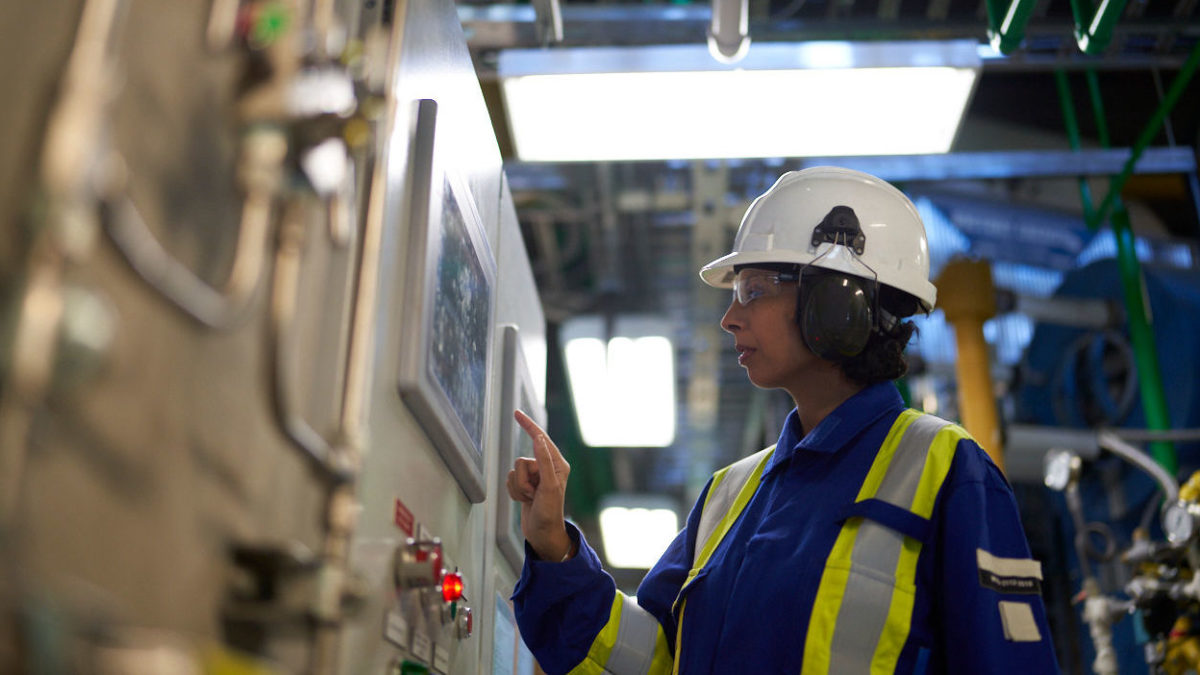Major Canadian oil and gas companies are cranking up spending on research and development aimed at reducing emissions and improving operational efficiency.
Suncor Energy, Canadian Natural Resources, Imperial Oil, Syncrude, and TC Energy spent $1.17 billion in 2021 compared to $1.01 billion in 2020, says a recent Research Infosource report. That maintains a world-leading trend since 2012 of major oil and gas companies collectively spending more than $1 billion per year on research and development (R&D).
“We’ve noticed in the last decade that Canadian companies on a per barrel basis have invested the most compared to the global oil and gas majors,” said Jared Dziuba, director of oil and gas equity research with BMO Capital Markets.
Canada’s energy sector has played a pioneering role in the development of clean energy technology like carbon capture and storage (CCS), said James Millar, president and CEO of the International CCS Knowledge Centre, adding the experience is providing a foundation for the massive scale-up of CCS across heavy-emitting industries. Large-scale CCS, he said, is one of the only ways to meet emission reduction targets. Canadian CCS projects have reduced emissions by the equivalent of taking more than 10 million cars off the road.
“From building the world’s largest CO2 pipeline to the first CCS facility on a commercial power plant and the one million tonne per year Quest CCS project in Alberta, Canada has created the roadmap for how industry, governments, and academia can work together to tackle the toughest challenges related to decarbonizing the global economy,” said Millar.
“This commitment continues today, with the significant investments taking place through initiatives like the Pathways Alliance – which will see Canada’s six largest oil sands companies invest more than $24 billion in CCS projects and other emissions reduction technologies by the end of this decade.”
The trend of rising R&D spending among large Canadian oil and gas companies will likely continue in the coming years, said Dziuba.
“Some of these initiatives may not necessarily be directed towards decarbonization or emissions reduction, but a lot of times they are directly related,” he said, adding most operational improvements related to oil sands production result in lower emissions.
“A significant amount of R&D goes into tailings reduction at oil sands mines, as well,” he said. “There are several other key technologies in the oil sands R&D pipeline that are also awaiting roll-out and could have a meaningful impact on sustainability initiatives in coming years.”
The unaltered reproduction of this content is free of charge with attribution to Canadian Energy Centre Ltd.
